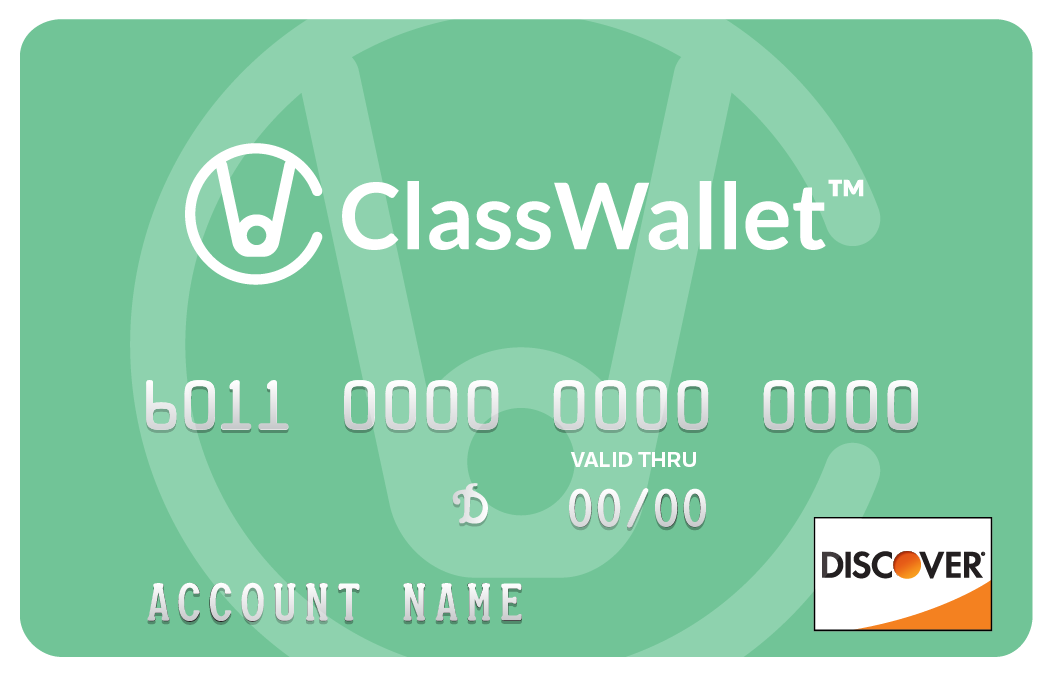Innovators’ Spotlight: ClassWallet
Crowdfunding, digital wallet vets get high marks for bringing efficiency to K-12 education expense management, eye new markets
By Adam Perrotta, Associate Editor
 During Jamie Rosenberg’s 12-year tenure as founder and head of AdoptAClassroom, an education funding nonprofit, he saw firsthand the difficulties teachers and administrators often faced dealing with funding, purchasing and reconciliation. The process of dealing with paper checks and cash, and filling out purchase orders and other forms often caused significant delays and high transaction costs—up to $200 in hard costs and man hours per purchase order, according to some studies. That experience led Rosenberg to join with payments industry veteran Neil Steinhardt in 2014 to create ClassWallet, a digital wallet for managing discretionary funding in K-12 education.
During Jamie Rosenberg’s 12-year tenure as founder and head of AdoptAClassroom, an education funding nonprofit, he saw firsthand the difficulties teachers and administrators often faced dealing with funding, purchasing and reconciliation. The process of dealing with paper checks and cash, and filling out purchase orders and other forms often caused significant delays and high transaction costs—up to $200 in hard costs and man hours per purchase order, according to some studies. That experience led Rosenberg to join with payments industry veteran Neil Steinhardt in 2014 to create ClassWallet, a digital wallet for managing discretionary funding in K-12 education.
“The education funding vertical has a systemic need for innovation,” says Steinhardt, who previously worked with digital wallet pioneer Skrill. “We saw the benefits of a platform that removed paper from the ubiquitous ‘paper trail.’ We knew by doing that, we could increase accountability while improving efficiency.” Steinhardt’s experience at Skrill taught him that a digital wallet focused on one particular use case and target market would have the best chance of succeeding where less specific wallets have struggled to gain widespread adoption. “There are a lot of companies that fight for wallet share, but at the end of the day consumers choose to use a wallet based upon its utility and how it fits their own specific needs,” he says.
SKU Supplies
Along with the digital wallet, ClassWallet’s platform offers an online marketplace featuring dozens of merchants and brands, including Amazon, Office Depot and School Specialty. School districts and other clients provision digital wallets on the ClassWallet application, into which they themselves, parents and other funders can allocate funds for a specific project, a field trip or general classroom use. Once funds are loaded, teachers can use the wallet to make purchases from the online marketplace—with available products ranging from paper and pencils, to high-tech education tools like Nearpod, an interactive, mobile- and tablet-based lesson platform.
|
Getting to Know
Marketplace Names: Kleo Inc. dba ClassWallet Location: Hollywood, Fla. Organized: May 2010 Open for business: January 2013 Line of Business: Edtech/Fintech Secret Sauce: We love accountability, but we’re not too fond of paper. Founders: Jamie Rosenberg, Neil Steinhardt Funding: Venture-backed. Notable investors include IdeaBulb, Techstars Ventures, NewSchools Venture Fund, Corigin Ventures Ownership: Private Something You Might Not Expect: Our company’s home base of South Florida has a growing tech scene—with much better weather than San Francisco or New York. |
“There are nearly 4 million teachers in the U.S., and their needs are varied,” Steinhardt notes. “They can buy virtually anything they need for educational purposes in the ClassWallet marketplace.”
After purchases are made, merchants return SKU-level data to schools, so administration and funders get detailed reporting on every item purchased. Meanwhile, vendors benefit from increased sales generated by a pool of well-funded teachers looking to buy their products, with ClassWallet retaining a commission on each transaction. The company also earns revenue from a software-as-a-service model, charging a licensing fee for each user. Currently, the licensing fee comprises about 30 percent of ClassWallet’s overall revenue, with sales commissions making up the remaining 70 percent, but Steinhardt says the company sees that split moving closer to 60/40 in the near future.
Making the Grade
In early 2016, ClassWallet added a companion Discover-branded prepaid card managed by Marqeta, enabling teachers to make purchases in stores and at online vendors that aren’t part of ClassWallet’s e-marketplace. “The prepaid card was in the plan since day one,” says Steinhardt. “While you can purchase almost anything in our marketplace, sometimes a user wants to patronize a brick-and-mortar store, or pay for professional development or take their students on a field trip. Whatever the reason, teachers can use the card to access ClassWallet funds in the physical world.” A companion mobile app enables users to track and submit receipts electronically.
In January, ClassWallet closed on a minority investment from private equity firm Brentwood Associates. And the company isn’t done adding new functionality to its platform, with plans to build out the social and community aspect of its service so teachers can share purchase feedback, experiences and lesson suggestions with each other within the platform. “For a teacher developing a lesson on American history, how cool would it be to see what other teachers are doing to teach the same topic, like augmenting their lesson with a virtual tour of the Oregon Trail on Nearpod, for instance?” Steinhardt says.
In 2017, ClassWallet unveiled a new version of its digital wallet and prepaid card designed specifically for use by coaches and student athletes—and Steinhardt notes that expansion into other areas, such as nonprofits and other public-sector entities, is possible. “The benefits of ClassWallet extend to any company or organization that needs to allocate funds and track how they’re spent,” he notes. “We’re experiencing exponential growth in the K-12 market and look to continue that success while conquering other verticals as well.”
Related stories:











































